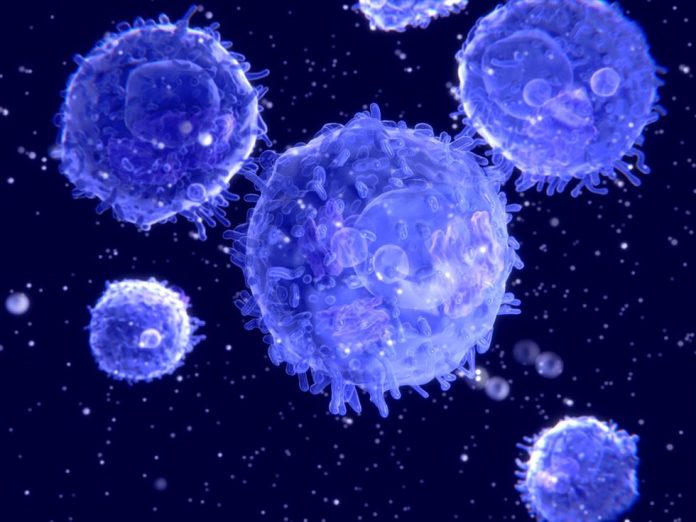Certain types of T immune cells remained in the skin and blood of four patients with melanoma for up to nine years after diagnosis, following immunotherapy, according to a paper published in Nature Cancer. This finding provides new understanding of the potential long-lasting benefits of cancer immunotherapy.
Immunotherapy has revolutionized cancer treatment in recent years. It encompasses a variety of approaches to stimulate or improve the ability of the immune system to recognize and eliminate tumor cells. However, only a minority of patients with cancer respond to immunotherapy. Therefore, it is necessary to understand the cellular and molecular mechanisms that drive this—in particular, durable, long-term responses—to identify patients who are likely to respond, and to further develop strategies that will benefit more patients.
Among patients with melanoma who receive immunotherapy, long-term survivors are frequently found to develop vitiligo, an autoimmune condition wherein the skin loses pigment. Mary Jo Turk, Christina Angeles and colleagues analysed four patients who had exhibited this outcome. Using single-cell techniques, the authors examined the landscape of T cells (a type of white blood cell) in samples of both melanoma-affected skin and vitiligo-affected skin, and in the blood, which harbors circulating immune cells. They identified specific ‘resident memory’ T cells that were present both at the tumor site and in vitiligo-affected skin and also shared features with memory T cells (a type of T cells involved in long-term immune responses) in the blood. These cells—which were present for up to 9 years after diagnosis—had high expression of interferon gamma, indicative of anti-tumor immune function.
The authors concluded that since resident memory T cells are known to be present in pre-treatment tumors, further research with larger sample groups is needed to address how immunotherapy or the development of vitiligo affects such pre-existing populations, and whether they may be useful as a predictor of a durable response to immunotherapy.








